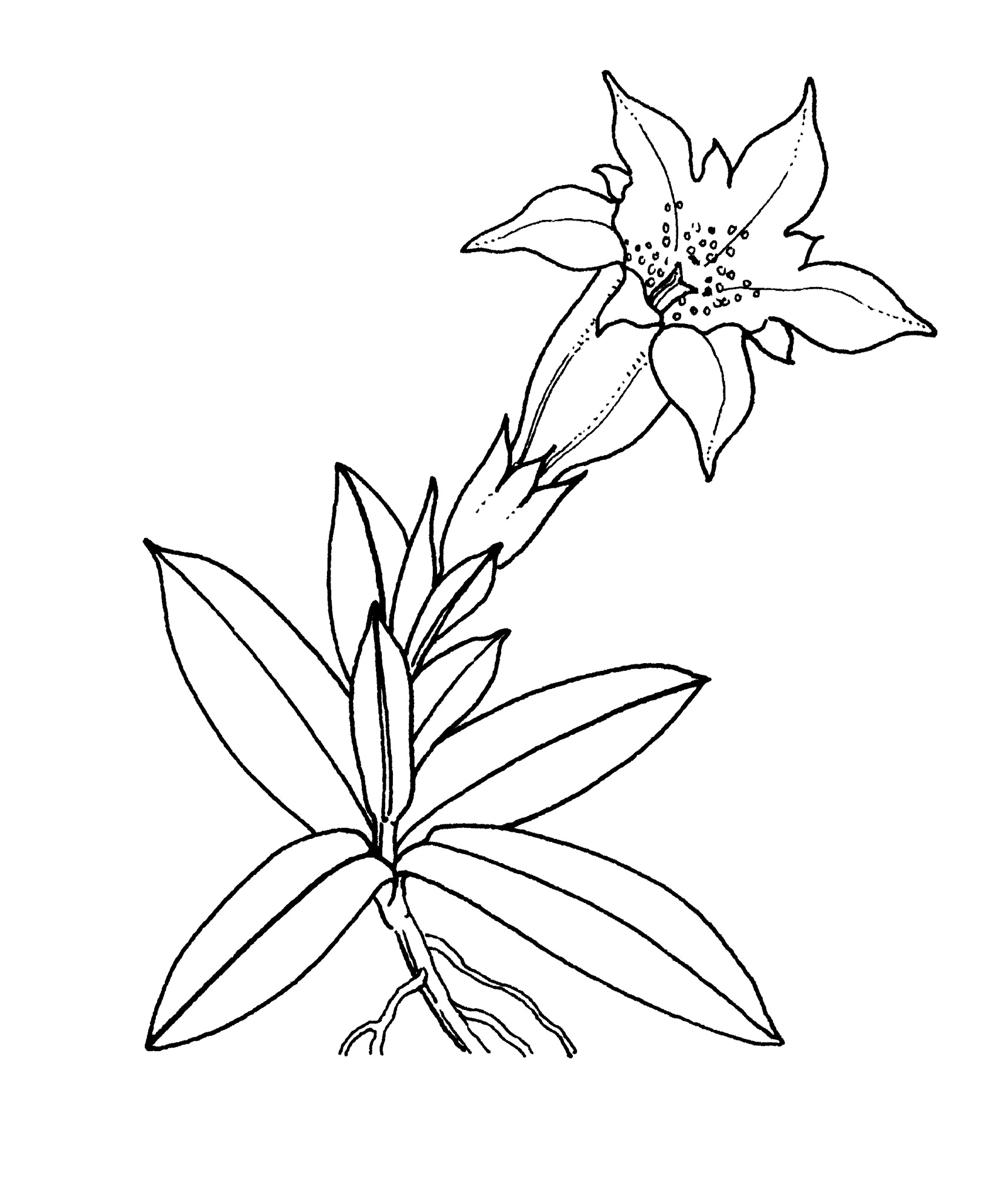
Commemorating Genthius, ancient King of Illyria, who is said to have discovered the medicinal properties of Gentian roots.
Annual, biennial or perennial prostrate to erect or climbing herbs. Leaves opposite or whorled, sometimes stalkless, either along the stems or in basal rosettes. Flower clusters elongated to head-like or occasionally with solitary flowers. Calyx 4-8-lobed, shape variable. Corolla variously shaped but usually with folds and appendages or webs between the 4-7 lobes, colour variable. Stamens 4-5, attached to the corolla. Ovary 2-chambered, the style short or absent. Fruit a capsule containing numerous seeds.
In Australia these mostly cool-temperate and alpine plants, so popular in the northern hemisphere, are only grown in specialist collections and cool-climate gardens in a few areas of Victoria and Tasmania.
Seed, cuttings and root division.
The roots of some species are the source of bitter compounds used medicinally; blue and violet dyes are extracted from some species; G. lutea is the source of gentian root, used both medicinally and for flavouring vermouth.
Flowers usually blue; petal lobes usually pleated and interspersed with appendages or webbing; style short and stubby.
361 species from temperate areas, mostly Asia. Australia has 4 endemic species.
Bartlett (1975), Kohlein (1991), Halda (1996).
Source: (2002). Gentianaceae. In: . Horticultural Flora of South-eastern Australia. Volume 4. Flowering plants. Dicotyledons. Part 3. The identification of garden and cultivated plants. University of New South Wales Press.
